The holiday season is a magical time of year—and a prime opportunity for your nonprofit to connect with supporters, celebrate your mission, and raise vital funds. Whether you’re hosting a festive gala, a virtual holiday auction, or a community-focused winter festival, a well-planned holiday event can strengthen relationships with donors and generate critical support for your programs.
But holiday event planning requires more than just good intentions. From setting clear goals to engaging your board, every detail plays a role in making your event a success. Let’s walk through some actionable tips and creative ideas to help you plan a memorable holiday event that delights your community and drives your fundraising efforts.
1. Start Planning Early
Successful events require careful preparation well in advance. Start your planning early to ensure you have ample time to secure the best venues, coordinate with vendors, and rally your team to execute a seamless event.
Include the following steps in your planning checklist:
- Assemble your planning team: Assign roles and responsibilities to staff and volunteers, setting clear expectations for communication upfront.
- Create an event timeline: Map out key tasks, such as booking a venue, designing invitations, and launching marketing campaigns.
- Develop a budget: Account for expenses like event software, venue rentals, catering, decorations, and marketing. Be sure to include room for fundraising activities like auctions or raffles.
Also, approach local businesses for sponsorships or in-kind donations, like gift baskets for a raffle or catering discounts. These partnerships can offset costs and deepen connections in your community. By giving yourself plenty of lead time, you’ll be able to avoid last-minute stress and focus on creating a meaningful event experience for everyone involved.
2. Define Clear Goals for the Event
Take a step back from planning event details and define exactly what you want to achieve. Set clear, measurable event goals to guide your planning and help you evaluate the event’s performance afterward.
Start by asking what the event’s primary purpose is. Are you hosting it to thank existing donors, raise funds for a specific project, recruit new supporters, or build awareness for your mission? From there, decide how you will measure success, such as the total amount raised, the number of attendees, or new donors acquired.
Then, use your goals to shape the event format. For example:
- If you want to raise $20,000 to fund a specific program, you might plan activities like silent auctions or peer-to-peer fundraising campaigns.
- If your goal is retaining donors, you might host a heartfelt appreciation evening to strengthen relationships with key supporters.
- If you want to boost community awareness, you might aim to attract a mix of new attendees by holding a family-friendly winter festival.
Once you’ve defined your goals, share them with your planning team, volunteers, and board members to ensure everyone works toward the same vision. Aligning your objectives with your fundraising efforts makes it easier to plan an event that not only delights your attendees but also achieves meaningful results for your nonprofit.
3. Select the Right Event Format
Your event’s format should reflect your audience’s preferences and the tone you want to set, whether it’s formal or casual. Here are some popular options to consider:
- In-person events: Festive galas, holiday markets, themed dinners, or winter festivals that foster face-to-face connections and a sense of community
- Virtual events: Online auctions, holiday concerts, or livestreamed activities like a cooking class featuring holiday recipes, which can reach supporters in any location
- Hybrid events: A mix of in-person and virtual elements, such as livestreaming a gala or hosting an online auction alongside an in-person event, to maximize participation and engagement
When selecting your format, think about your budget and accessibility. For instance, in-person events require renting a venue and hiring caterers, while virtual events minimize costs and allow participation from supporters across the country. Hybrid events can bridge the gap by combining the best of both worlds.
4. Incorporate Fundraising Opportunities
Holiday events offer the perfect opportunity to incorporate creative fundraising activities that inspire generosity. Make fundraising a central part of your event without detracting from the celebratory atmosphere.
For example, you could host a silent auction featuring holiday-themed items, such as gift baskets, experiences, and donated goods from local businesses. Peer-to-peer fundraising campaigns, where attendees encourage friends and family to support your nonprofit, are another effective option that can expand your reach beyond the event itself.
Other ideas include:
- Selling tickets for a holiday raffle
- Offering event sponsorship opportunities to local businesses in exchange for promotional benefits
- Creating a direct giving option by sharing a compelling story or video during the event that highlights the impact of donations
Align these efforts with the festive mood by framing donations as “holiday gifts” to your cause. In doing so, you can maximize support while maintaining a fun, engaging experience for attendees.
5. Engage Your Board
Your board members can play a pivotal role in your holiday event’s success. Encourage them to actively participate by leveraging their connections, promoting the event within their networks, and even securing sponsorships or high-value auction items. Assign specific roles to board members, such as hosting a portion of the evening, leading a donation appeal, or introducing speakers.
Consider involving them in pre-event planning to build momentum and ensure alignment with your nonprofit’s goals. For example, ask board members to spearhead ticket sales or lead the charge in securing matching donations to amplify your fundraising results.
Their active presence during the event itself—whether mingling with attendees, giving speeches, or sharing personal stories—can add credibility and inspire generosity among donors. When your leadership team is visibly invested, it sets the tone for the event and reinforces your nonprofit’s mission.
6. Promote the Event Strategically
A strong event promotion strategy ensures your holiday event reaches the right audience and drives attendance. Leverage your existing channels and networks to spread the word and build excitement. Here are some key tactics:
- Email campaigns: Send save-the-dates, event details, and reminders to your donor and supporter lists.
- Social media: Create holiday-themed posts, share teasers (like auction items), and encourage followers to share the event with their personal network.
- Partner collaborations: To amplify your reach, work with businesses, media outlets, or influencers that align with your mission and values.
- Community calendars: List your event on local calendars and collaborate with organizations in your area to attract attendees.
Boost urgency by highlighting limited ticket availability or offering early-bird pricing. With consistent and creative promotion, you can ensure that your nonprofit’s event stands out during the busy holiday season.
Holiday events are a powerful way to bring your community together, celebrate your mission, and raise critical funds to support your nonprofit’s work. With thoughtful planning and a focus on your mission, your holiday event can become a highlight of the season—strengthening relationships with supporters and advancing your organization’s impact. Start planning today, and make this holiday season one to remember!


